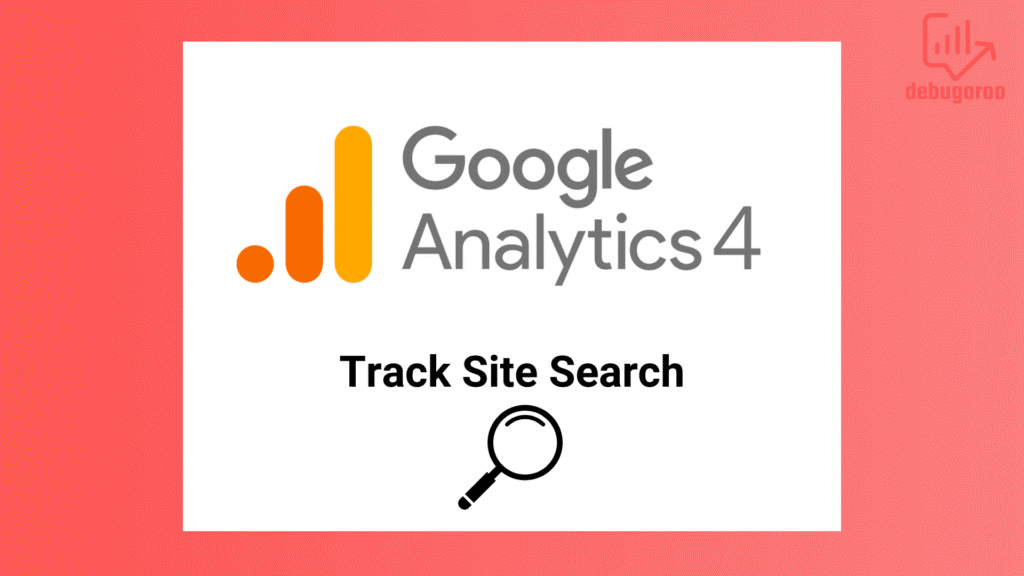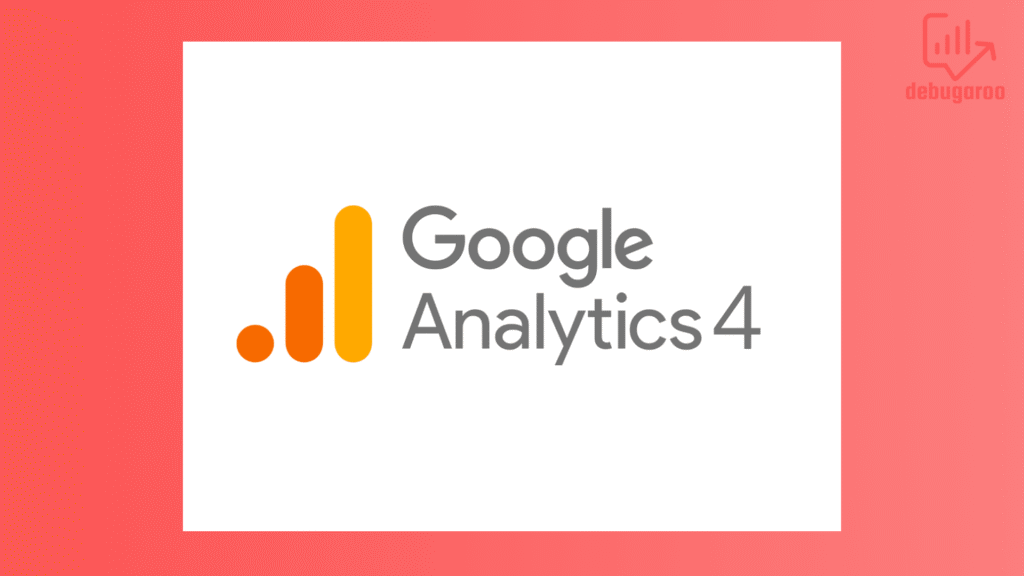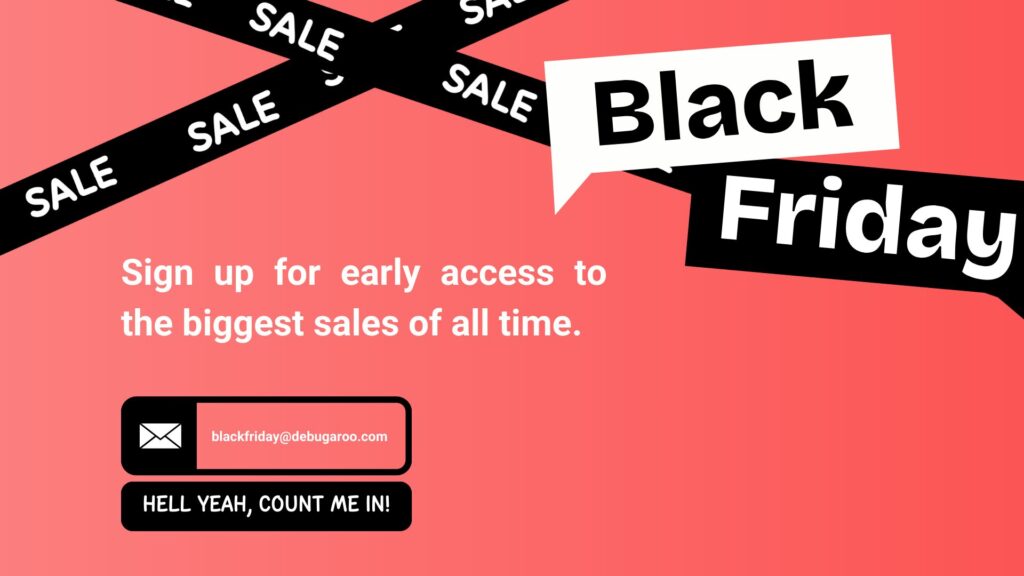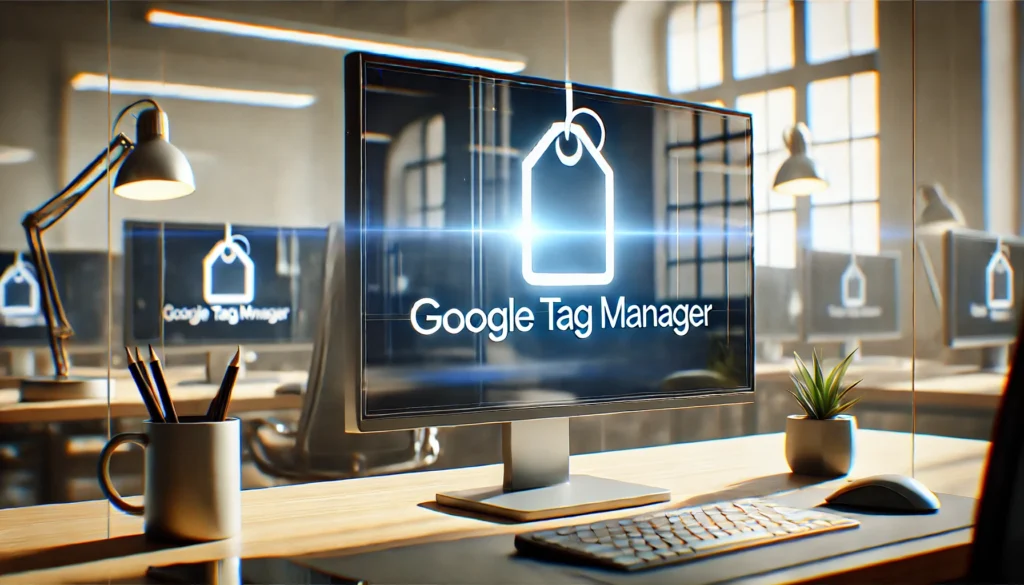Table of Contents:
- Introduction
- Why Use LinkedIn Ads in 2025?
- Getting Started with LinkedIn Ads
- Setting Up LinkedIn Campaign Manager
- Choosing the Right Ad Objective
- Types of LinkedIn Ads in 2025
- Sponsored Content
- Sponsored Messaging
- Text Ads
- Dynamic Ads
- Video Ads
- Audience Targeting Options
- Demographic Targeting
- Retargeting and Matched Audiences
- Interest-Based Targeting
- Best Practices for LinkedIn Ad Creatives
- Writing Compelling Copy
- Using Effective Visuals
- Optimizing Video Content
- Setting Budgets and Bidding Strategies
- Daily vs. Lifetime Budgets
- Bidding Options: CPC, CPM, and CPS
- Analyzing and Optimizing LinkedIn Ad Campaigns
- Key Metrics to Track
- A/B Testing and Optimization Tips
- Advanced LinkedIn Advertising Strategies
- Account-Based Marketing (ABM)
- Leveraging LinkedIn’s Analytics Tools
- Integrating LinkedIn Ads with CRM and Marketing Platforms
- Conclusion
1. Introduction
LinkedIn Ads continue to be one of the most powerful tools for B2B marketing, allowing businesses to connect with professionals, decision-makers, and industry influencers. As LinkedIn’s ad platform evolves, 2025 brings new features, targeting options, and insights that can significantly enhance your campaigns. This guide explores everything you need to know about LinkedIn Ads in 2025, from setup to advanced strategies, to help you reach your audience effectively.
2. Why Use LinkedIn Ads in 2025?
As of 2025, LinkedIn boasts over 900 million users, including key decision-makers across a wide range of industries. With new AI-driven targeting options and enhanced analytics, LinkedIn is well-equipped to support precise, professional-targeted ads that deliver higher engagement. For brands focused on B2B connections, LinkedIn Ads provide a unique opportunity to reach qualified audiences and drive impactful results.
3. Getting Started with LinkedIn Ads
Setting Up LinkedIn Campaign Manager
To launch LinkedIn Ads, you need to start with LinkedIn Campaign Manager, the platform’s central hub for all ad campaigns. After creating a LinkedIn business page, Campaign Manager allows you to manage and monitor ad campaigns, select target audiences, set budgets, and track performance.
Choosing the Right Ad Objective
LinkedIn’s ad objectives align with different stages of the sales funnel, such as brand awareness, lead generation, and website conversions. Choosing the right objective will enable LinkedIn’s algorithm to optimize ad delivery based on your campaign goals.

4. Types of LinkedIn Ads in 2025
Sponsored Content
Sponsored Content is LinkedIn’s most popular ad type, appearing directly in users’ feeds. This format is ideal for promoting articles, event announcements, and company updates.
Sponsored Messaging
With Sponsored Messaging, you can send direct messages to LinkedIn members. InMail ads allow businesses to send personalized messages, perfect for event invitations and exclusive offers.
Text Ads
Text Ads appear in the right sidebar and are effective for simple messaging and budget-friendly campaigns. They work best when targeting audiences familiar with your brand.
Dynamic Ads
Dynamic Ads personalize content for individual users by pulling in profile information, such as their job title. They’re effective for brand awareness and engagement campaigns.
Video Ads
Video Ads are highly engaging and ideal for storytelling. LinkedIn’s video ads allow brands to showcase testimonials, company culture, and product demos.
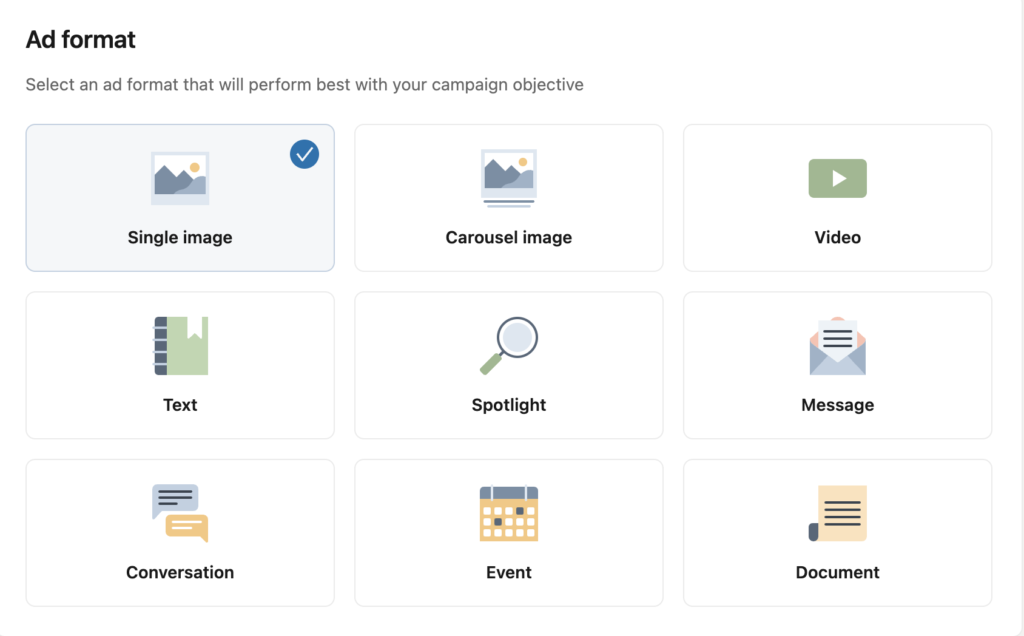
5. Audience Targeting Options
LinkedIn’s targeting options allow for precise audience segmentation.
Demographic Targeting
You can target users based on job title, company size, industry, education, and experience level.
Retargeting and Matched Audiences
Retargeting lets you reach users who have previously engaged with your website or content. Matched Audiences allow you to upload your contact lists to create custom audiences.
Interest-Based Targeting
In 2025, LinkedIn offers more interest-based targeting options, allowing marketers to reach users based on their professional interests and activities on the platform.
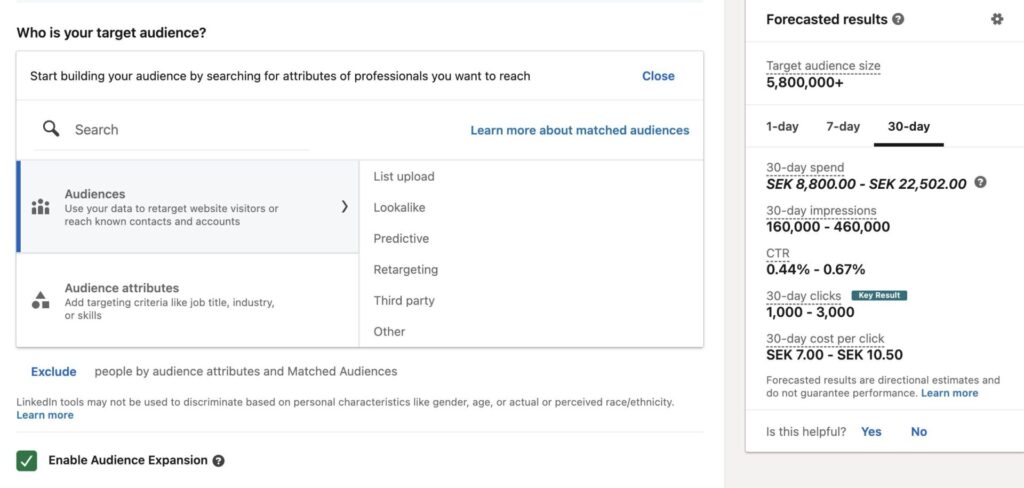
6. Best Practices for LinkedIn Ad Creatives
Writing Compelling Copy
Your ad copy should be concise and specific, with a clear value proposition and CTA.
Using Effective Visuals
LinkedIn recommends using professional imagery that aligns with your brand’s tone. For Sponsored Content, images should be at least 1200 x 628 pixels.
Optimizing Video Content
Videos should capture attention in the first few seconds and use subtitles, as many LinkedIn users watch videos without sound.
7. Setting Budgets and Bidding Strategies
Daily vs. Lifetime Budgets
A daily budget limits your spend per day, while a lifetime budget sets a cap for the entire campaign duration. Choosing the right budget type depends on your campaign length and flexibility.
Bidding Options: CPC, CPM, and CPS
LinkedIn offers Cost Per Click (CPC), Cost Per Thousand Impressions (CPM), and Cost Per Send (CPS for Sponsored Messaging). Selecting the best bid type depends on your campaign objective and how you want LinkedIn to prioritize ad delivery.
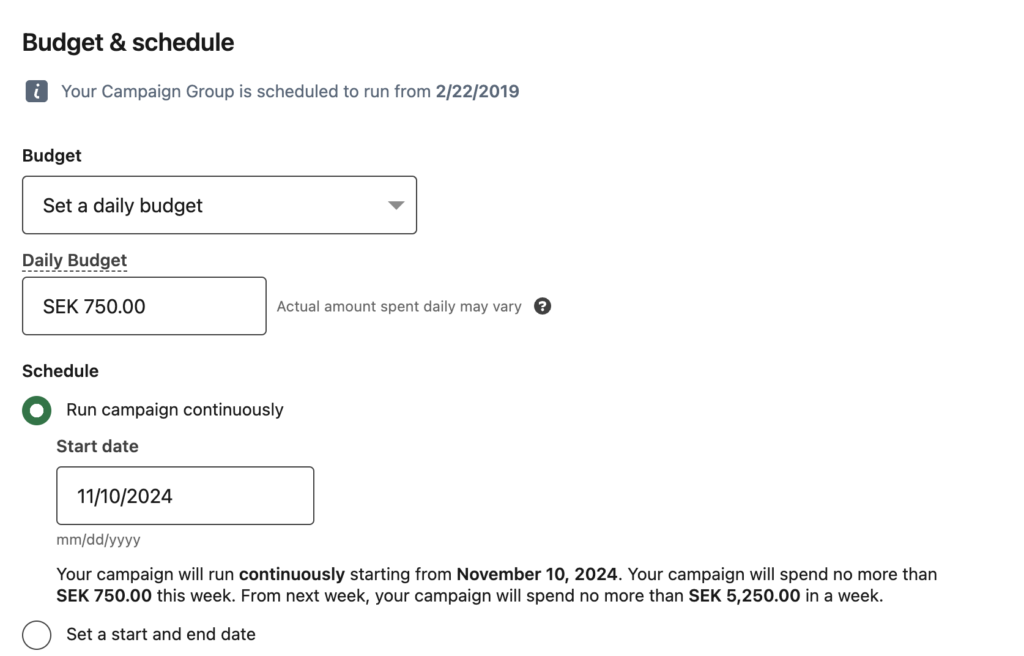

8. Analyzing and Optimizing LinkedIn Ad Campaigns
Key Metrics to Track
Important metrics for LinkedIn Ads include CTR, engagement rate, cost per result, and conversion rate.
A/B Testing and Optimization Tips
Regularly test ad variations to see what resonates best. Test different images, CTAs, and targeting parameters to improve performance.
9. Advanced LinkedIn Advertising Strategies
Account-Based Marketing (ABM)
LinkedIn’s ABM features allow you to target key accounts, ideal for high-value B2B campaigns. You can build custom audiences based on specific company names or industries.
Leveraging LinkedIn’s Analytics Tools
LinkedIn’s analytics provide insights into audience demographics, engagement patterns, and ad reach, allowing for data-driven decision-making.
Integrating LinkedIn Ads with CRM and Marketing Platforms
For advanced campaigns, integrate LinkedIn Ads with CRM tools to track leads through the entire customer journey and ensure seamless data transfer.
10. Conclusion
LinkedIn Ads in 2025 provide extensive opportunities for businesses to connect with a professional audience. By leveraging LinkedIn’s ad types, targeting options, and analytics tools, marketers can create effective campaigns that drive engagement and conversions. Whether you’re new to LinkedIn Ads or looking to optimize existing campaigns, this guide equips you with the knowledge to make the most out of LinkedIn’s powerful advertising platform.


